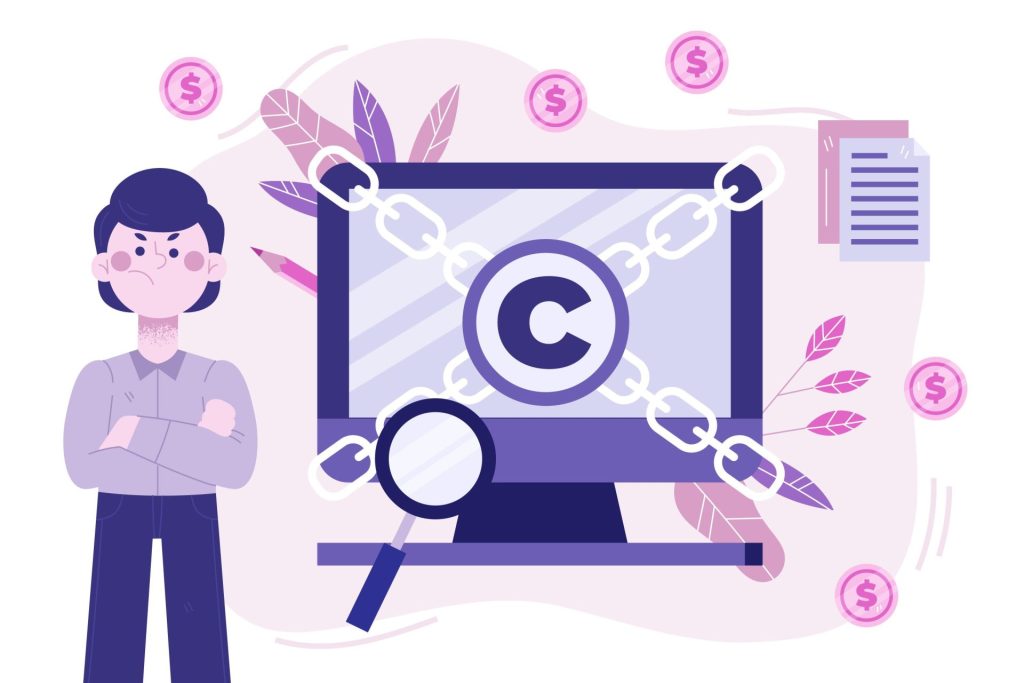
What Are Zero-Knowledge Proofs?
A Key Technology Powering Privacy in Blockchain
Privacy has become one of the most important challenges in digital systems. From messaging apps to decentralized finance, users are demanding more control over their data. In blockchain, where transparency is built into the system, this creates a tension. How can you prove something is valid without revealing the actual information? This is where zero-knowledge proofs come in.
Zero-knowledge proofs, or ZKPs, offer a way to confirm that something is true without disclosing any of the details. They are used in privacy-focused cryptocurrencies, decentralized identity, and the scaling solutions that power Ethereum’s next generation.
What Are Zero-Knowledge Proofs
A zero-knowledge proof is a cryptographic method that allows one party, called the prover, to prove to another party, the verifier, that a statement is true without revealing why it is true or what data supports it.
Think of it like this. You want to prove you know a password without showing the actual password. Or prove that you are over 18 without showing your birthdate. Zero-knowledge proofs make this possible.
The concept comes from academic research in cryptography in the 1980s, but it has only recently become practical enough for real-world use.
How Zero-Knowledge Proofs Work
Every ZKP involves two roles. The prover holds the secret or the information to be verified. The verifier is the one who wants to be convinced that the prover is telling the truth.
A ZKP protocol must meet three conditions
Completeness
If the statement is true and both parties follow the protocol honestly, the verifier will be convinced
Soundness
If the statement is false, no dishonest prover should be able to trick the verifier
Zero-knowledge
The verifier should learn nothing other than the fact that the statement is true
A common analogy is the Cave of Ali Baba. Imagine a circular cave with a locked door in the middle. The prover claims they know the secret word that opens the door. To prove it, they go into the cave while the verifier waits outside. Then the verifier asks the prover to return from either the left or the right path. If the prover really knows the word, they can always comply, no matter which path the verifier chooses. Repeat this enough times and the verifier becomes confident the prover knows the secret, without ever hearing the word.
Types of Zero-Knowledge Proofs
There are different kinds of ZKPs depending on how they are constructed and what they are used for
Interactive zero-knowledge proofs
These require real-time communication between the prover and verifier, often in multiple rounds
Non-interactive zero-knowledge proofs
These allow the prover to generate a proof that anyone can verify later, using shared randomness or a setup process
zk-SNARKs
These are small, fast proofs that verify quickly. They are widely used in privacy coins like Zcash and in Ethereum Layer 2 solutions. SNARK stands for succinct non-interactive argument of knowledge
zk-STARKs
These are a newer version that is more transparent and does not require a trusted setup. STARKs are scalable, efficient, and quantum-resistant
Where Zero-Knowledge Proofs Are Used
ZKPs are already making a big impact across blockchain and Web3 applications
Privacy in blockchain
Zcash uses zero-knowledge proofs to hide transaction amounts and addresses while still proving that the transaction is valid
Scalability on Ethereum
zk-Rollups like zkSync and Polygon zkEVM batch thousands of transactions into one, then use a ZKP to prove everything was valid. This reduces gas costs and network load
Identity verification
You can prove you are a citizen or of legal age without revealing your name, ID number, or birthday. ZKPs help build privacy-preserving identity systems
Authentication
Login systems can confirm your access rights without transmitting passwords or personal data
Voting
Zero-knowledge proofs can ensure a vote was valid and counted without exposing who cast it or what they chose
Benefits of Zero-Knowledge Proofs
Privacy
You can prove something is true without giving away personal information
Security
Since no sensitive data is shared, there is less risk of that data being leaked or misused
Efficiency
ZKPs can compress complex computations into a small proof that verifies quickly. This is essential for scaling blockchain systems
Trust minimization
ZKPs allow verification without needing a central authority or third party. This aligns with the core values of decentralization
Challenges and Limitations
While ZKPs are powerful, they are still early in adoption and come with a few obstacles
Complexity
They require advanced cryptographic techniques that are not always easy to implement correctly
Computational cost
Some types of proofs take significant time and resources to generate and verify, though this is improving fast
Trusted setup
Some systems like zk-SNARKs rely on a trusted initial setup. If compromised, it could affect the security of the whole system
Adoption
Many users and developers are still unfamiliar with how ZKPs work, and few tools are beginner-friendly
Zero-Knowledge Proofs in Web3 and What’s Next
Zero-knowledge technology is quickly becoming part of the core infrastructure of Web3. Ethereum is leading the charge with zk-Rollups like zkSync, Scroll, and Polygon’s zkEVM
Decentralized identity systems are integrating ZKPs to make sign-ins safer and less invasive
New protocols are being designed with ZK-native architectures for compliance, privacy, and performance
zk-STARKs offer a long-term upgrade path for projects concerned about quantum security
In the coming years, zero-knowledge proofs could become as common in crypto as digital signatures are today. They allow us to move past the trade-off between transparency and privacy, giving users both trust and control at the same time.